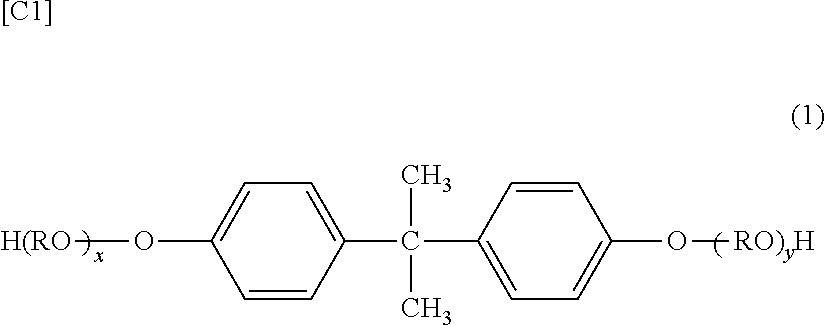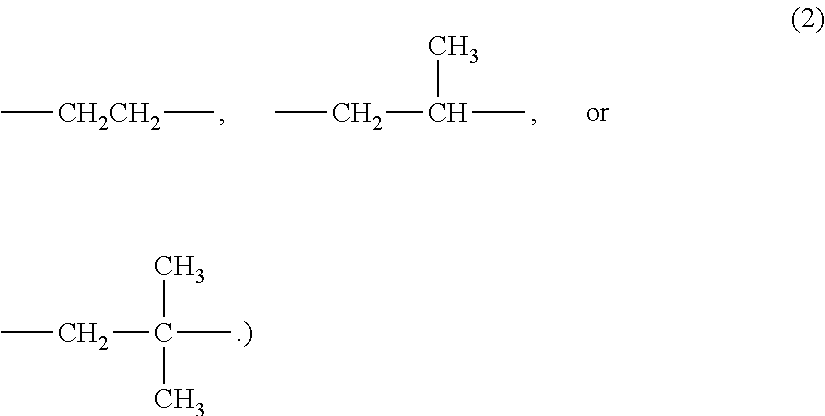Toner using small-particle size magnetic iron oxide
a technology of magnetic iron oxide and toner, which is applied in the field of magnetic toner, can solve the problems of reducing the particle diameter giving rise to new problems, and the blackness of the magnetic iron oxide itself, and achieves the effects of reducing running costs, improving tinting strength, and printing with high blackness
- Summary
- Abstract
- Description
- Claims
- Application Information
AI Technical Summary
Benefits of technology
Problems solved by technology
Method used
Image
Examples
example 1
Production Example of Magnetic Toner 1
[0177]
Binder resin (1)100 parts by mass Magnetic iron oxide 150 parts by mass Fischer-Tropsch wax (C105, melting point 105° C., 2 parts by massby Sasol Wax)Charge control agent (T-77, by Hodogaya2 parts by massChemical Co., Ltd.)
[0178]The above materials were pre-mixed in a Henschel mixer, and were melted and kneaded in a biaxial kneading extruder. The obtained kneaded product was cooled, and was coarsely pulverized using a hammer mill, followed by pulverization in a jet mill, and classification of the resulting fine pulverized powder obtained using a multi-grade classifier that relied on the Coanda effect, to yield a magnetic toner particle having negative triboelectric chargeability and having a weight-average particle diameter (D4) of 6.8 μm. Then 1.0 part by mass of a hydrophobic silica fine powder (specific surface area of 140 m2 / g by nitrogen adsorption as measured according to BET), and 3.0 parts by mass of strontium titanate (volume-aver...
PUM
| Property | Measurement | Unit |
|---|---|---|
| number-average particle diameter | aaaaa | aaaaa |
| particle diameter | aaaaa | aaaaa |
| number-average particle diameter | aaaaa | aaaaa |
Abstract
Description
Claims
Application Information
 Login to View More
Login to View More - R&D
- Intellectual Property
- Life Sciences
- Materials
- Tech Scout
- Unparalleled Data Quality
- Higher Quality Content
- 60% Fewer Hallucinations
Browse by: Latest US Patents, China's latest patents, Technical Efficacy Thesaurus, Application Domain, Technology Topic, Popular Technical Reports.
© 2025 PatSnap. All rights reserved.Legal|Privacy policy|Modern Slavery Act Transparency Statement|Sitemap|About US| Contact US: help@patsnap.com



